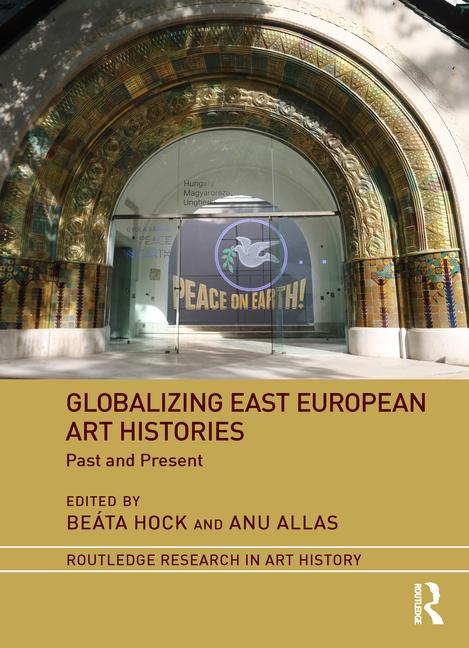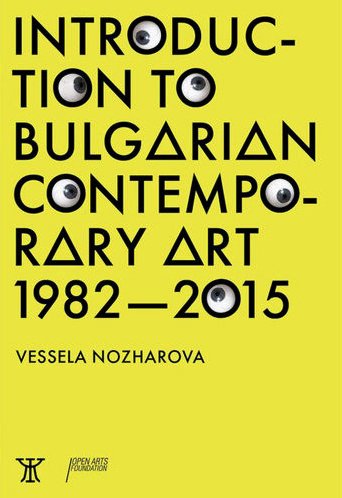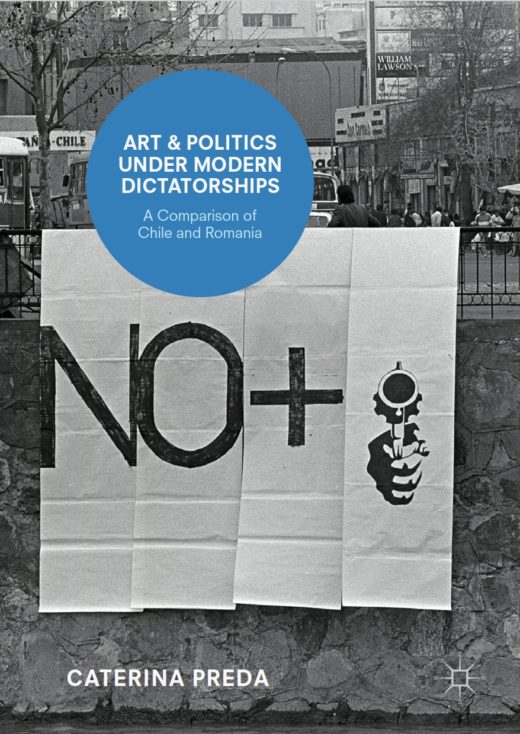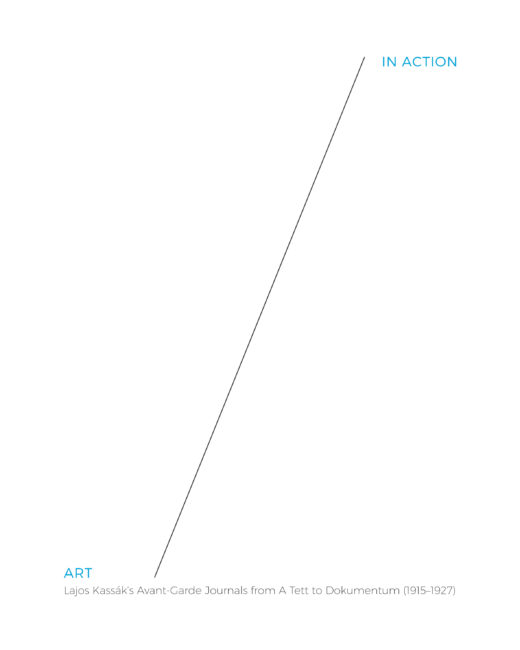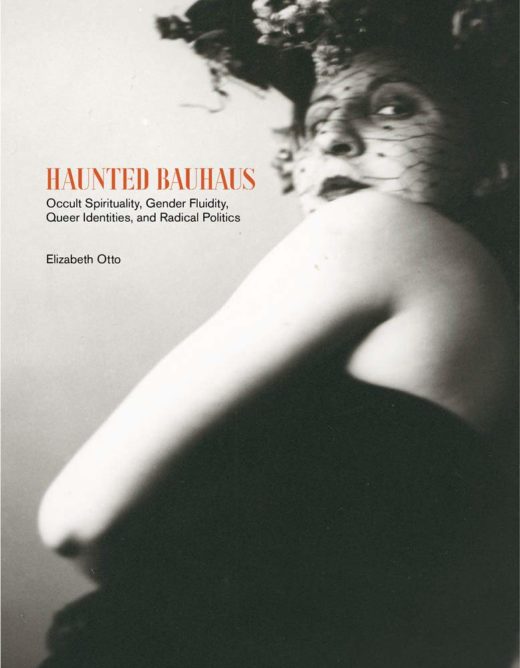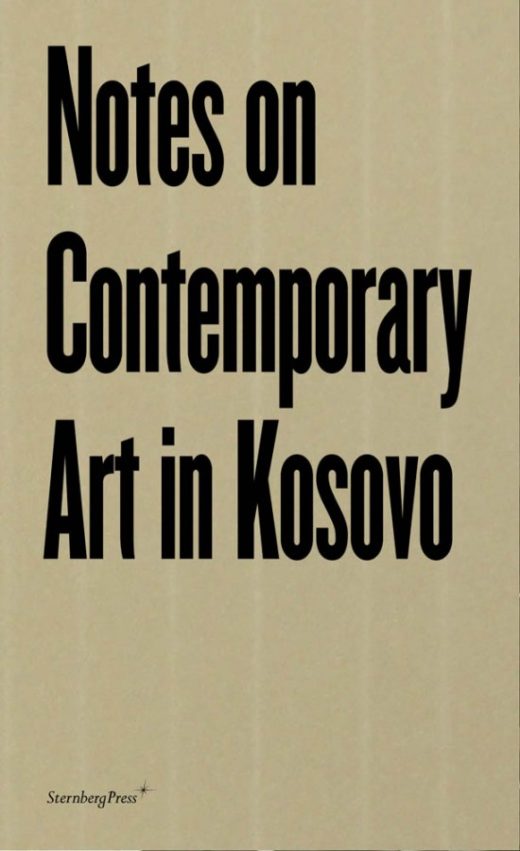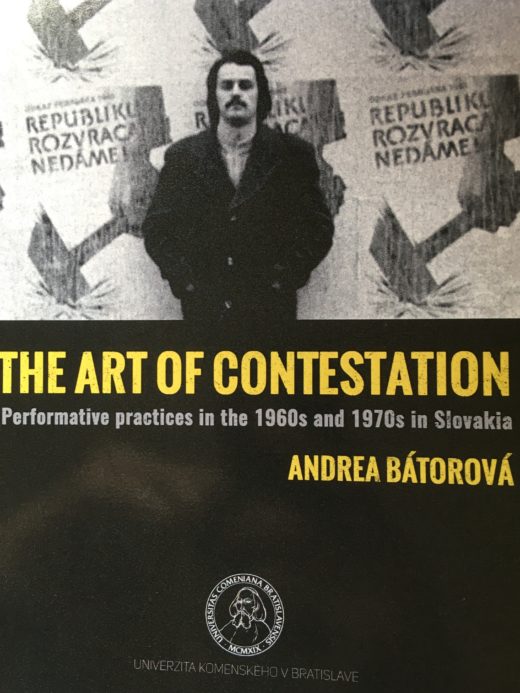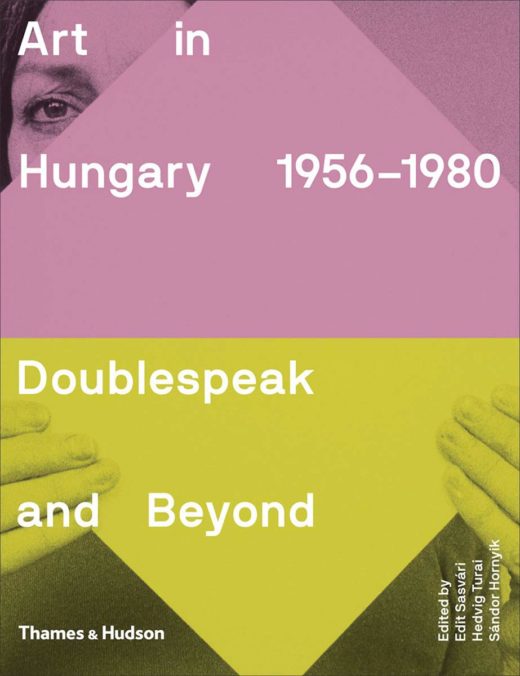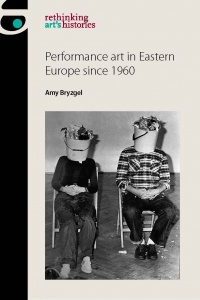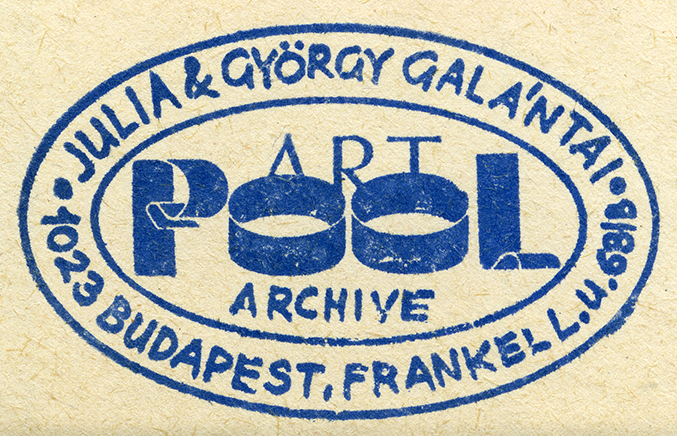Globalizing East European Art Histories: Past and Present
Globalizing East European Art Histories: Past and Present. Edited by Beáta Hock and Anu Allas (New York and London: Routledge, 2018), 220 pp.
It is an interesting time to be reviewing a book that calls for “globalizing” art history, when everywhere there are calls for art history to decolonize. Is there a thread between the desire to globalize the study of East European art and the demands for a broader decolonization of the discipline of art history and its institutions?(For a variety of approaches to decolonizing art history, see the questionnaire, edited by Catherine Grant and Dorothy Price, … Read more

